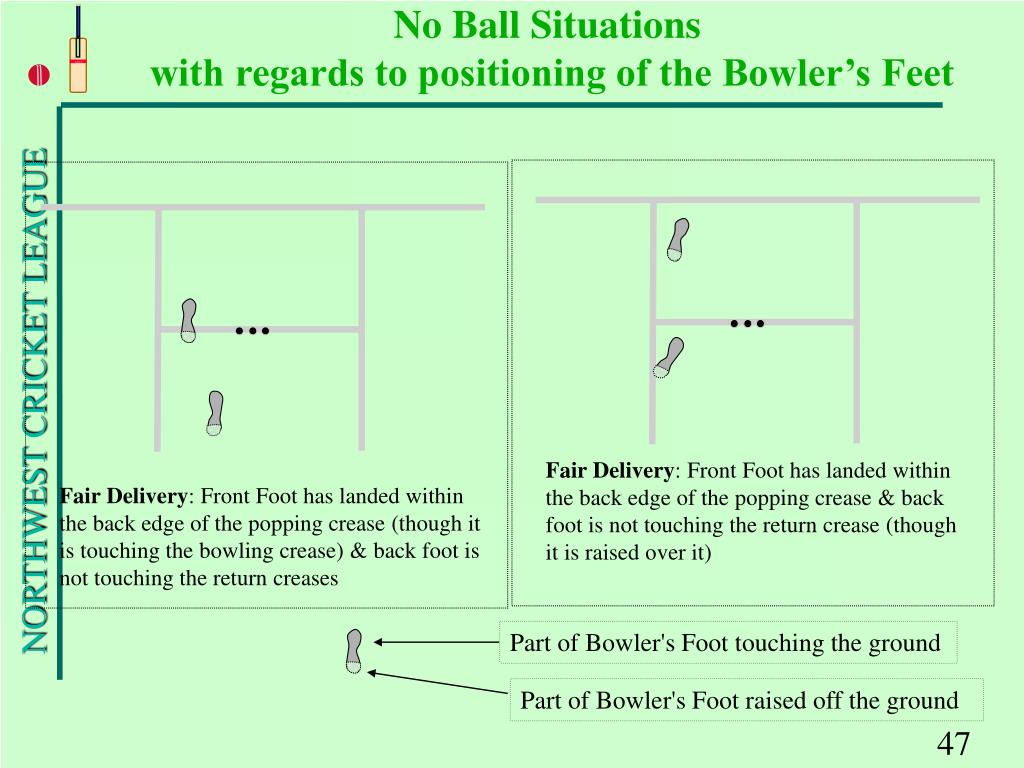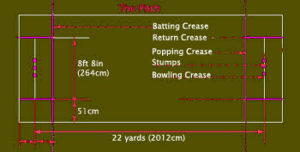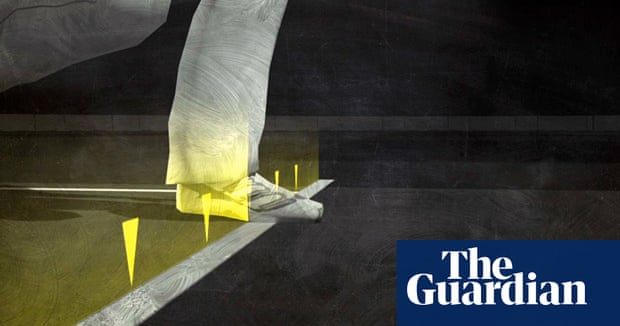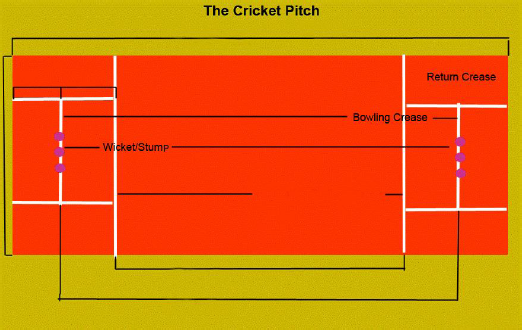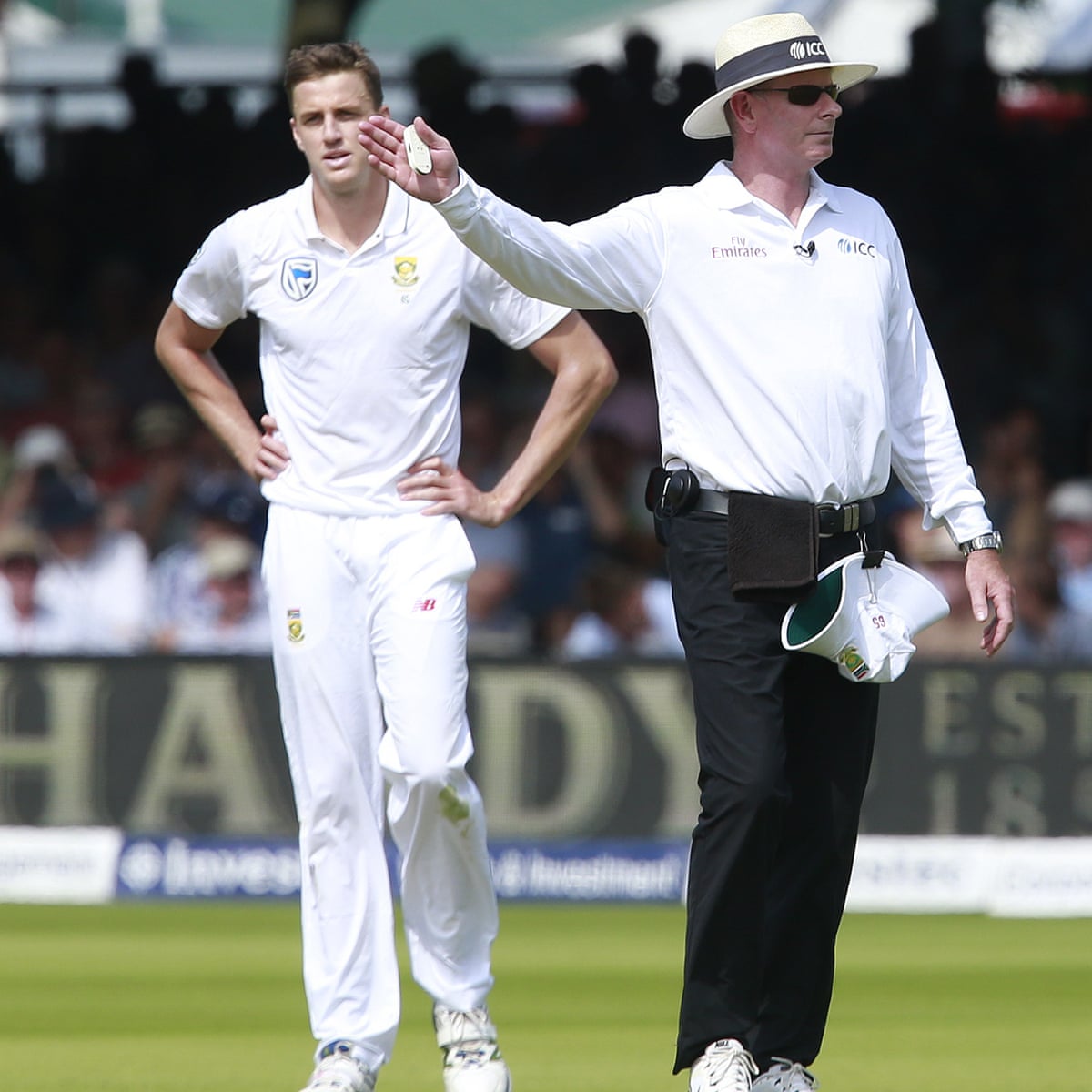No Ball Return Crease

21 11 call of no ball for infringement of other laws.
No ball return crease. The umpire will call a no ball if. For the fielding side the crease defines whether there is a no ball because a fielder has encroached on the pitch or the wicket keeper has moved in front of the wicket before he is permitted to do so. Under the 1884 code a no ball was called under law 10 the ball must be bowled. The chief utilisation of the return crease is to determine whether the bowler has landed his backfoot or some part of it outside or on the crease.
Watch this video https youtu be bvhs33cyv6c next virat ko. The heel of the bowler s front foot lands on or in front of the popping crease the front line of the batting crease. However the front foot can be raised over the line as long as the heel does not go beyond the popping crease. A no ball is a ball bowled that doesn t lie within the rules of the game and therefore needs to be bowled again.
A no ball is called in that case and an extra run. Iss video me hum apko batayage return crease no ball kase hoti hai aur crease se judi no balls. Bowling multiple no balls can be incredibly costly to the fielding side as the opposing team will always be awarded a penalty run for each no ball bowled. The bowling creases lie 22 yards 66 feet or 20 12 m away and marks the other end of the pitch.
In addition to the instances above no ball is to be called and signalled as required by the following laws. The umpire shall call and signal no ball for any delivery which after pitching passes or would have passed over head height of the striker standing upright at the popping crease.



